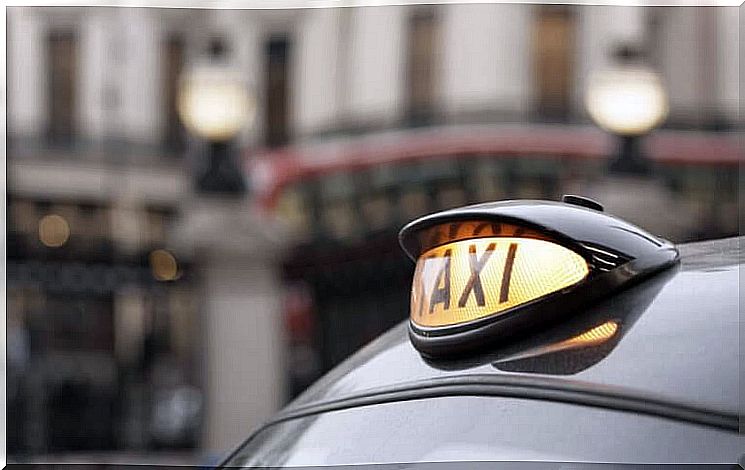Our Brain GPS: A Very Amazing System

Maybe you are one of those people who, even though they are continually inventing navigation systems, always end up getting lost. Perhaps you also feel concerned about the opposite extreme and are able to repeat the exact route you have taken, in an unfamiliar city, having once followed a friend who knows it. . And you are able to do it without a GPS or a map.
Most people are not at one extreme or the other, but are somewhere in the middle of this continuum. On the other hand, there is a difference between where we really are and where we think we are. There are so many swagger and false modesty in this area …
So, what interests us in this article is to try to make a small diagram of the structures of the brain to orient us in space like a mental GPS.

London taxis and their mental GPS
Let’s start with a clear idea: our brain is not plasticine, but it enjoys one of the properties of this material: plasticity. We are talking about neuroplasticity here as the capacity of the brain to adapt functionally and structurally to external demands. One of its adaptations has a link with our address in space, with our use of our mental GPS.
If you travel continuously and wander through new towns, your brain will understand that orientation is important to your survival and will open a small section dedicated just to your stroll.
Now we are going to talk about London taxi drivers. These drivers are known in psychology thanks to the famous study carried out by Eleanor Maguire, professor at University College London. These workers have to pass an exam to get their job and in this text, they are asked what routes they would take if they had to go from one place to another.
This test was given to people who were doing another profession, to people who applied to become taxi drivers and to taxi drivers who had been practicing their profession for several years, while having them pass a magnetic resonance test. Taxi drivers have been shown to have a significantly larger hippocampus area than people who are not taxi drivers. In addition, the size of this area was found to be larger with more years of profession. Revealing, right?
So, know that you orient yourself more quickly in the places you know because you have engraved in your brain a small map which takes up space. Logically, the map of a city as large as London and with such different routes that a taxi driver can take must take up more space.

Areas of the brain involved in orientation
This study truly revolutionized the study of orientation in space. We are now going to name the areas of our brain responsible for making us more or less skilled in our orientation skills. Let’s start with the pre-frontal cortex. This area is responsible for controlling our impulses, and it would appear that it does not develop fully until late adolescence and participates in orientation as it is responsible for making decisions.
The prefrontal cortex is the part of the brain that has the last word on which street to take. When we mix several different paths, it is also he who will decide which wins.
The striatum is the one that keeps the already downloaded maps that we talked about previously. It is he who listens to the prefrontal cortex when we walk in places we do not know. In addition, it stores time and distance information in the hippocampus, where the famous locating neurons are located, which allow us to download new maps into the striatum.
The parietal cortex takes care of direction and meaning, and the entorhinal cortex locates us relative to a point of reference, such as where we parked the car. Finally, we find the cerebellum, which is responsible for coordinating the motor part with what the prefrontal cortex has decided.
In orientation, other structures are also involved, such as the limbic system which triggers anger or nervousness when our spouse does not trust our brain GPS. But apart from these anecdotal interventions, we have described the structures of our mental GPS. We hope you enjoyed this guide and didn’t get lost!









